Events At Stanford
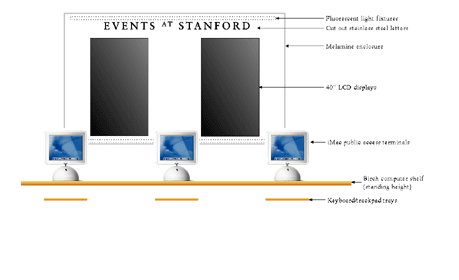
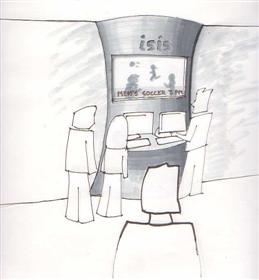
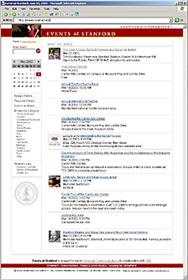
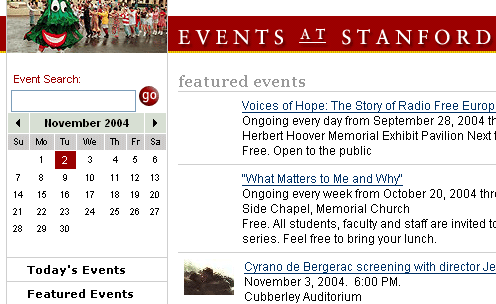

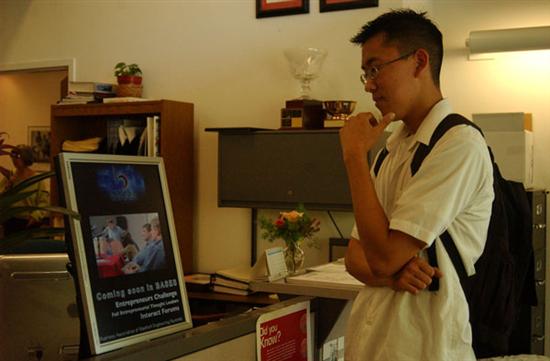
Try Events@Stanford online now
The Problem
Student group leaders at Stanford had extreme difficulty promoting their events to the campus and the community, and individual students likewise had difficulty finding out about events they were interested in.
For the student group leaders, the time and financial cost of printing paper fliers, advertising on television or in the newspaper, and the growing inefficiency of email mailing lists made it both expensive and inefficient to promote their events. New group members had to learn each group's individual publicity techniques, as there was no campus-wide promotion standard. Individual students often lamented missing a favorite speaker because it was promoted poorly or in an unexpected way, often on a departmental website or mailing list that the student did not belong to.
The Process
We interviewed student groups, campus administrators, and individual students to find out specific instances where they had difficulty with event information at Stanford. We also researched solutions from other universities before deciding to build a unique system for Stanford.
Physical prototypes and multimedia presentations helped us define the way students interacted with this information, and showed us that a solution must be both ubiquitous when needed and unobtrusive when not needed. Our web-savvy audience also demanded that all the information be available online as well, so our web team developed a student-centered system that allows students and faculty to view and submit event information for the campus-wide network.
While the web was essential to the system, students wanted to be notified about major events that they wouldn't know about through existing channels. A multimedia video network was tested to stream rich content across the campus, which gave student groups an exciting way to promote their events. Technologies such as Bluetooth proximity and RFID identification were tested at the network's numerous kiosks to give students high-tech information services.
The Solution
We developed a comprehensive system that included both virtual and physical products. Interactive information kiosks combined with mid-size (19") LCD video screens provide information in public spaces without intruding on daily student life.
The website contains events submitted by students and faculty, and is viewable by members of the community as well. Currently development is being done on a student-specific interface to the site, which would allow even more events to be added.